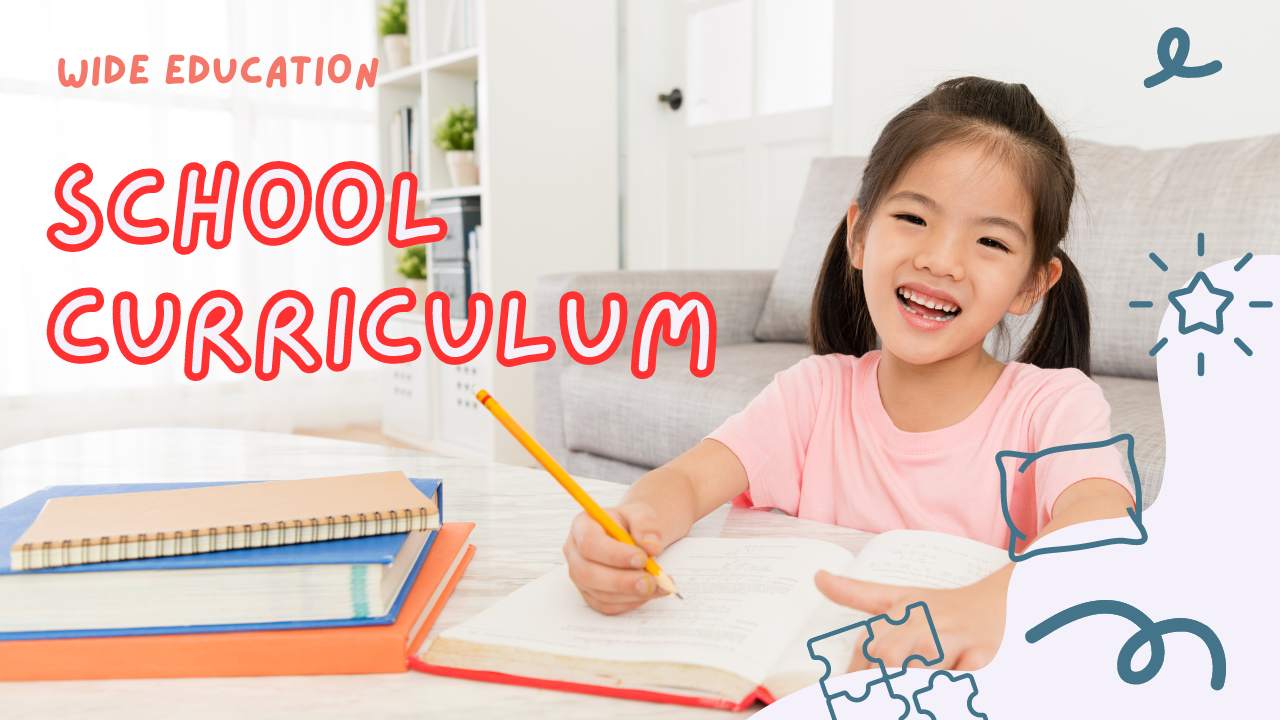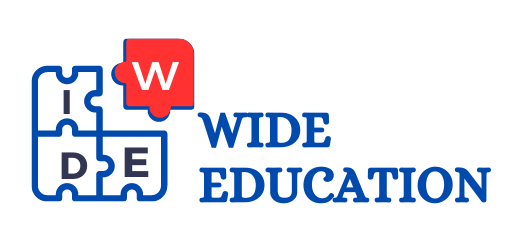WHAT IS CURRICULUM
- One of the means to achieve the goals of education is curriculum.
- It is a plan of facilitating learning for the learner.
The plan entails: stage specific objectives, content and its organization, pedagogical practices and principles, selection of teaching -learning material and evaluation.
- Derived from the Latin word ‘Currere’ means a race-course
(run way) used by chariots to reach the goals.
- Broadly it embraces all the planned learning experiences (PLE) that are deliberately provided to the learners to bring about perceptible changes in their behavior which can be measurable and assessed. Moreover, it is conceived as intended learning outcomes (ILO) or what is to be learned. It refers to knowledge of content, skills, attitudes and behavior that learners are supposed to learn in school or college.
- It encompasses the total experiences provided to the learners in and out of school for brining all-round development of personality.
- According to Cunninghum: “Currriculum is a tool in the hands of the artist (teacher) to mould his materials (pupils) according to his ideas (aims and objectives) in his own studio(classroom). ”
- Mudalier commission (1952-53) states:Curriculum does not mean the academic subjects traditionally taught in the school but it includes the totality of experiences that pupil receives through manifold activities that go on in the school, in the classroom, library, laboratory, workshop, playground and in the numerous informal contacts between teachers and pupils. The whole life of school becomes the curriculum which can touch the life of students at all points and help in the evolution of a balanced personality.

